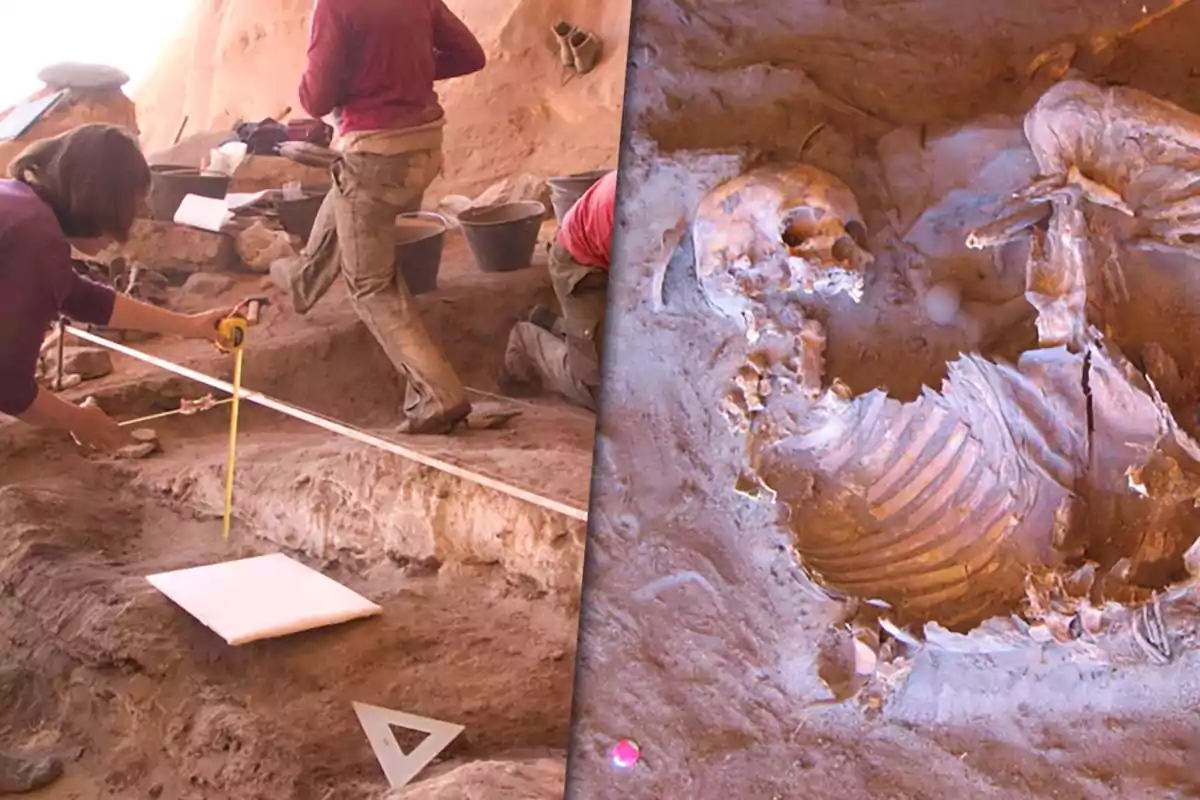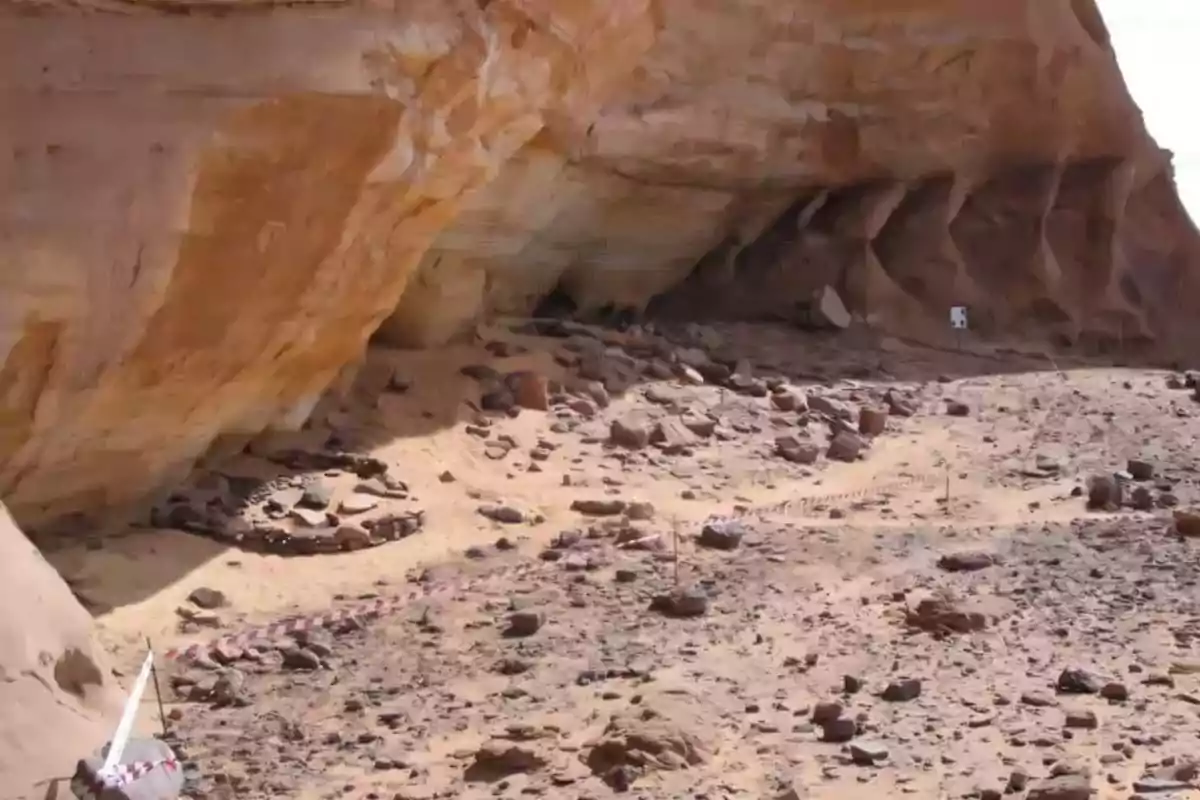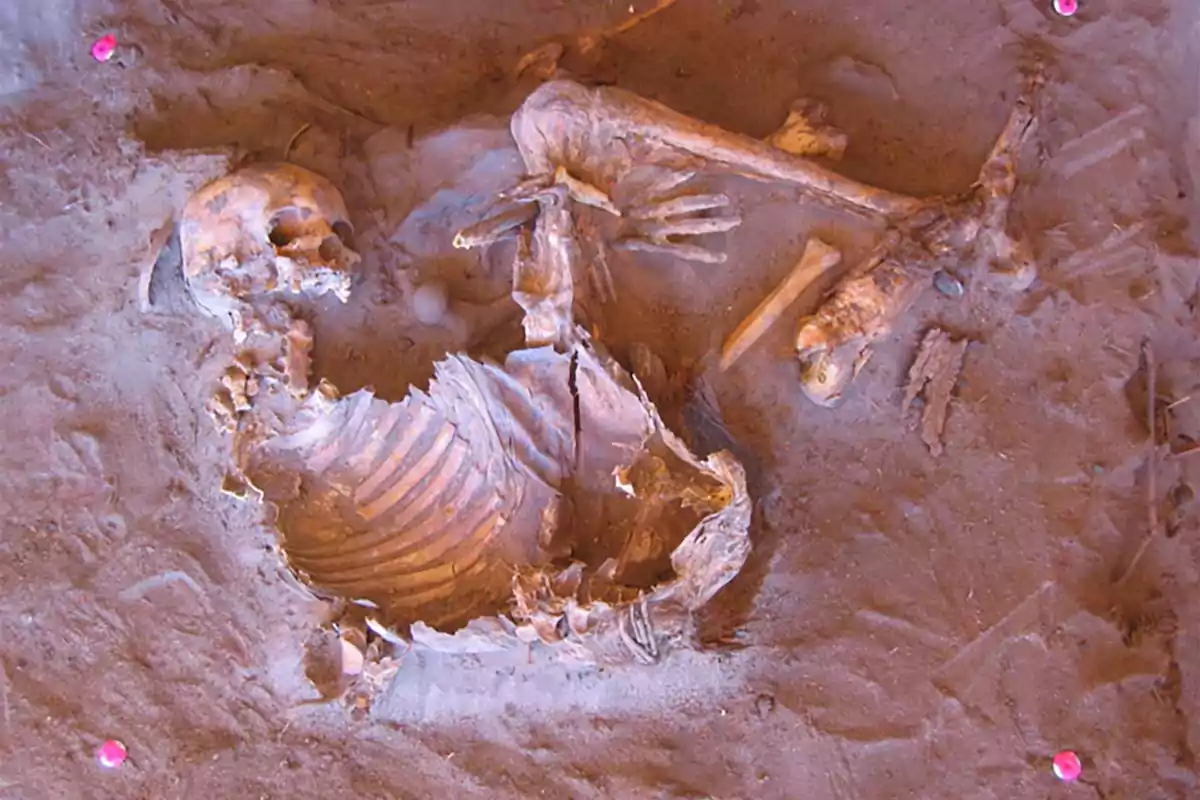
The DNA of two millennia-old mummies reveals an extinct human lineage in the Sahara
The DNA of two ancient mummies found in Libya revealed an unknown genetic history in Africa
A new discovery in Libya reveals genetic secrets buried more than 7,000 years ago. These are mummified human remains that completely changed what was known about the history of the Sahara.
The analysis of these bodies showed that there was a lineage from North Africa that remained isolated for millennia and no longer exists. The details open a new perspective on how the ancient inhabitants of this region lived.

Revealing DNA in the Green Sahara
During a period when the world's largest desert was a fertile savanna, known as the Green Sahara. Two women were buried in what is now the rock shelter of Takarkori, in southwestern Libya.
The remains were naturally mummified and their genomes were sequenced by an international team of scientists. It is the first time this feat has been achieved in the region.
A lineage that no longer exists
According to the journal Science, these women lived about 7,000 years ago and were part of a group that separated from the rest of Africa about 50,000 years ago. The group remained isolated, without mixing with other populations.

This fact is key: the Sahara was not a migratory corridor, but an area where there were cultural contacts, but not large population movements.
Cultural development without migrations
The study, published in the journal Nature, revealed that pastoralism spread in the Sahara more through cultural exchange than through migrations.

There are no significant genetic traces of non-African origin, indicating that practices like livestock farming were shared among nearby groups. The transmission was cultural, not genetic.
Archaeological evidence
- Human remains and pottery fragments with milk fat.
- The oldest evidence of milk processing in Africa (more than 7,000 years).
- Vestiges of livestock farming dating back 8,000 years.
This was explained by Savino di Lernia, the lead author of the study and director of the Sapienza Archaeological Mission. The Takarkori site was excavated between 2003 and 2006.
A past with art and human contact
The nearby caves show rock art with scenes of hunting and herding, reflecting an active cultural life during the Sahara's wet period.

Additionally, the DNA of the individuals from Takarkori shows an unexpected fact: they had less Neanderthal DNA than humans outside Africa, but more than current sub-Saharan Africans.
How did that DNA arrive?
Johannes Krause, from the Max Planck Institute, explained that there was genetic flow from outside Africa, although limited. This suggests sporadic contacts without large migrations.
More posts: